Process Analysis: UML Diagrams, Requirement, Activity and Class
VerifiedAdded on 2022/11/01
|6
|443
|67
Homework Assignment
AI Summary
This assignment analyzes the role of UML diagrams in process analysis, focusing on how documentation supports the development of activity, use case, and domain class diagrams. The solution provided explores the relationship between these UML models in the context of software development. It emphasizes the importance of requirement analysis and how UML modeling, including use case and activity diagrams, can enhance the understanding and specification of a system. The assignment also discusses the application of a domain model class diagram to represent the conceptual data and behavior of a system. The provided solution includes references to relevant literature supporting the concepts discussed.
1 out of 6
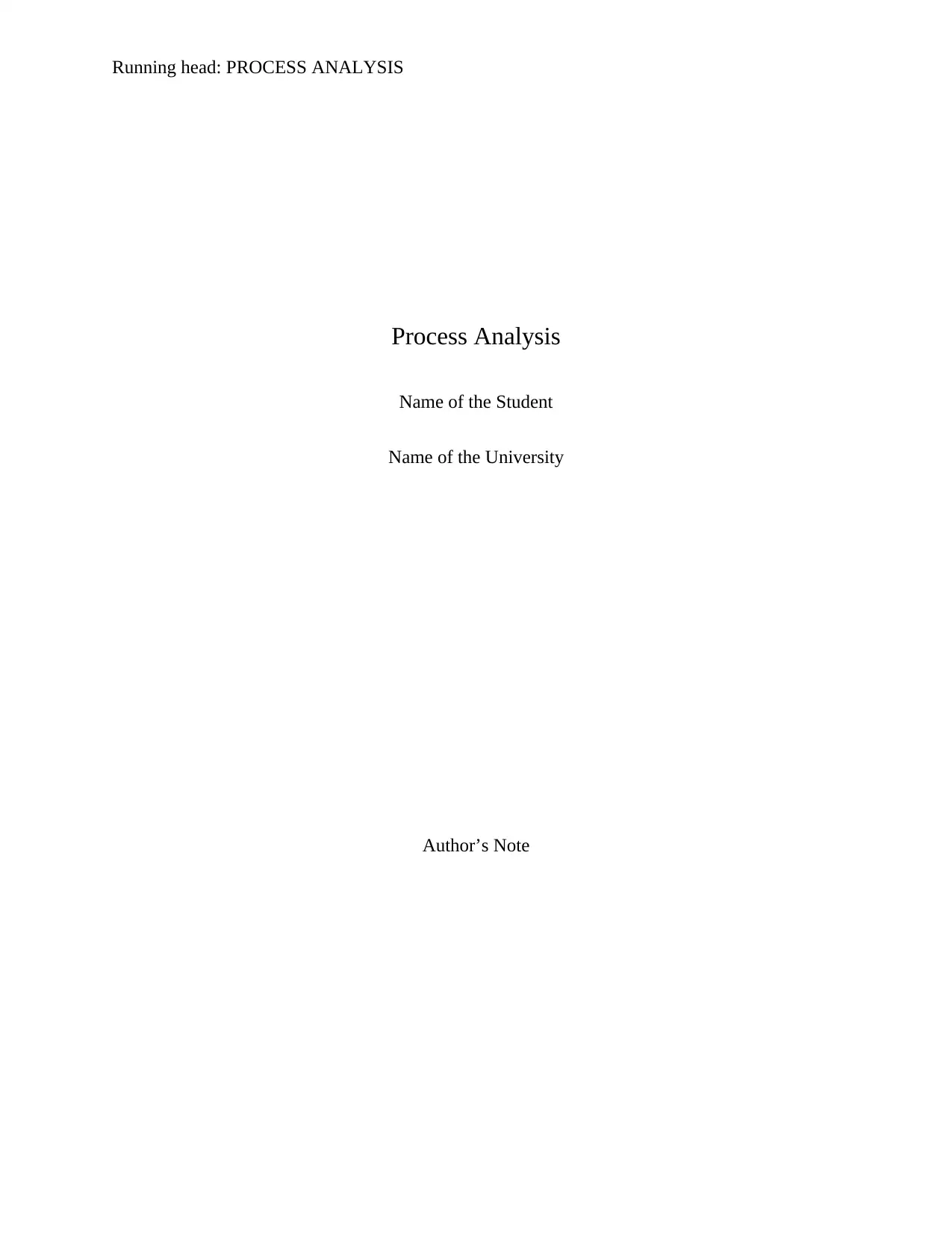
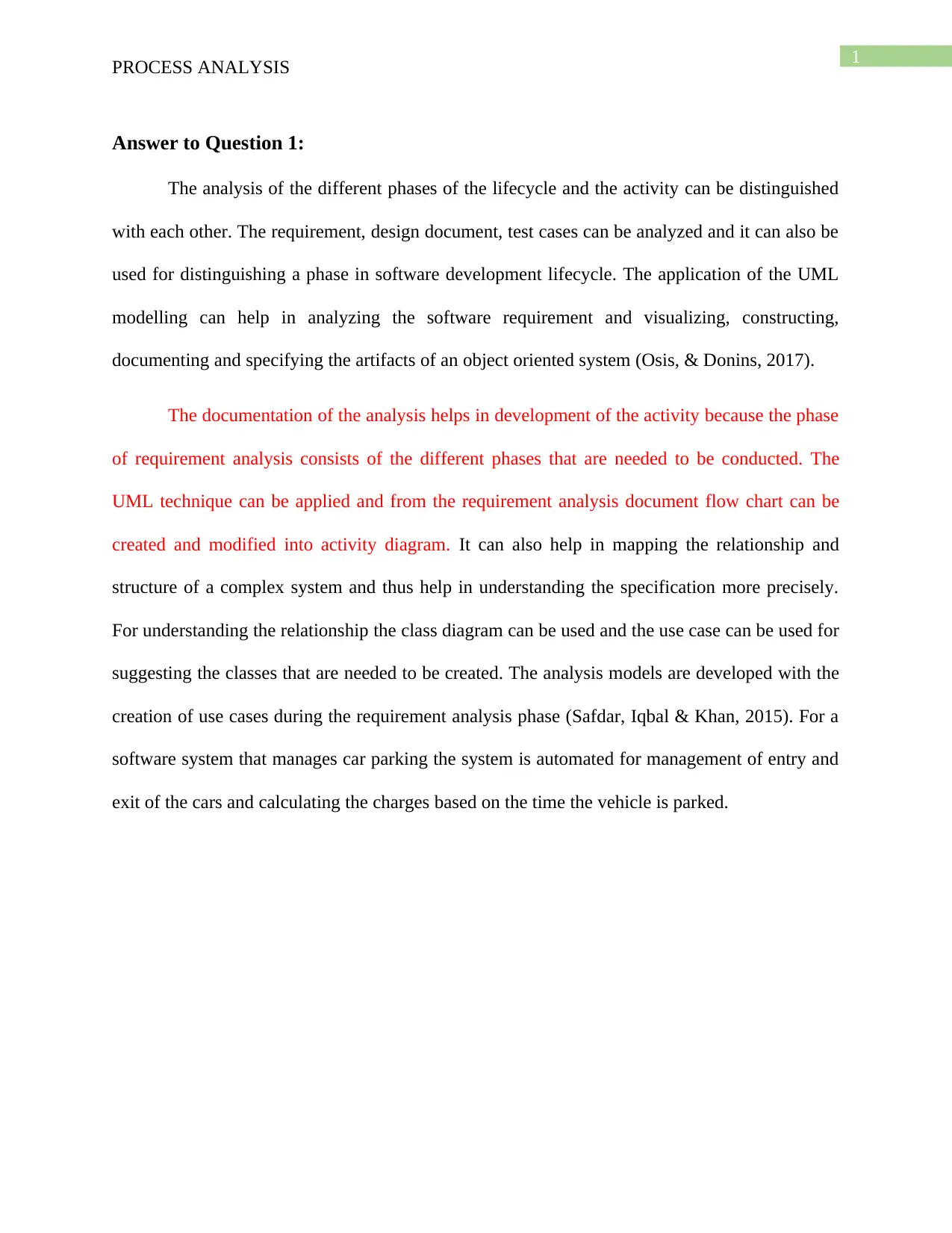
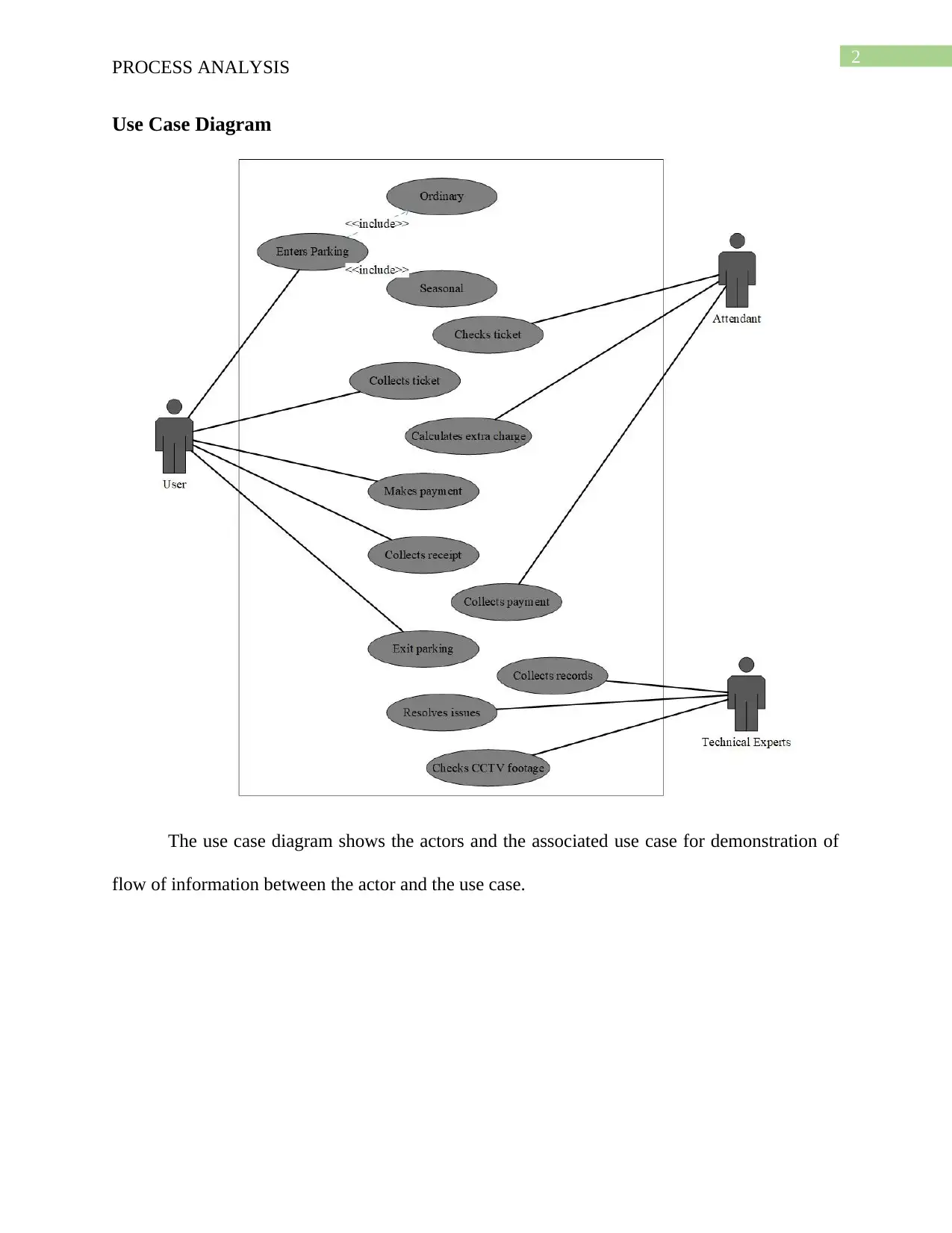

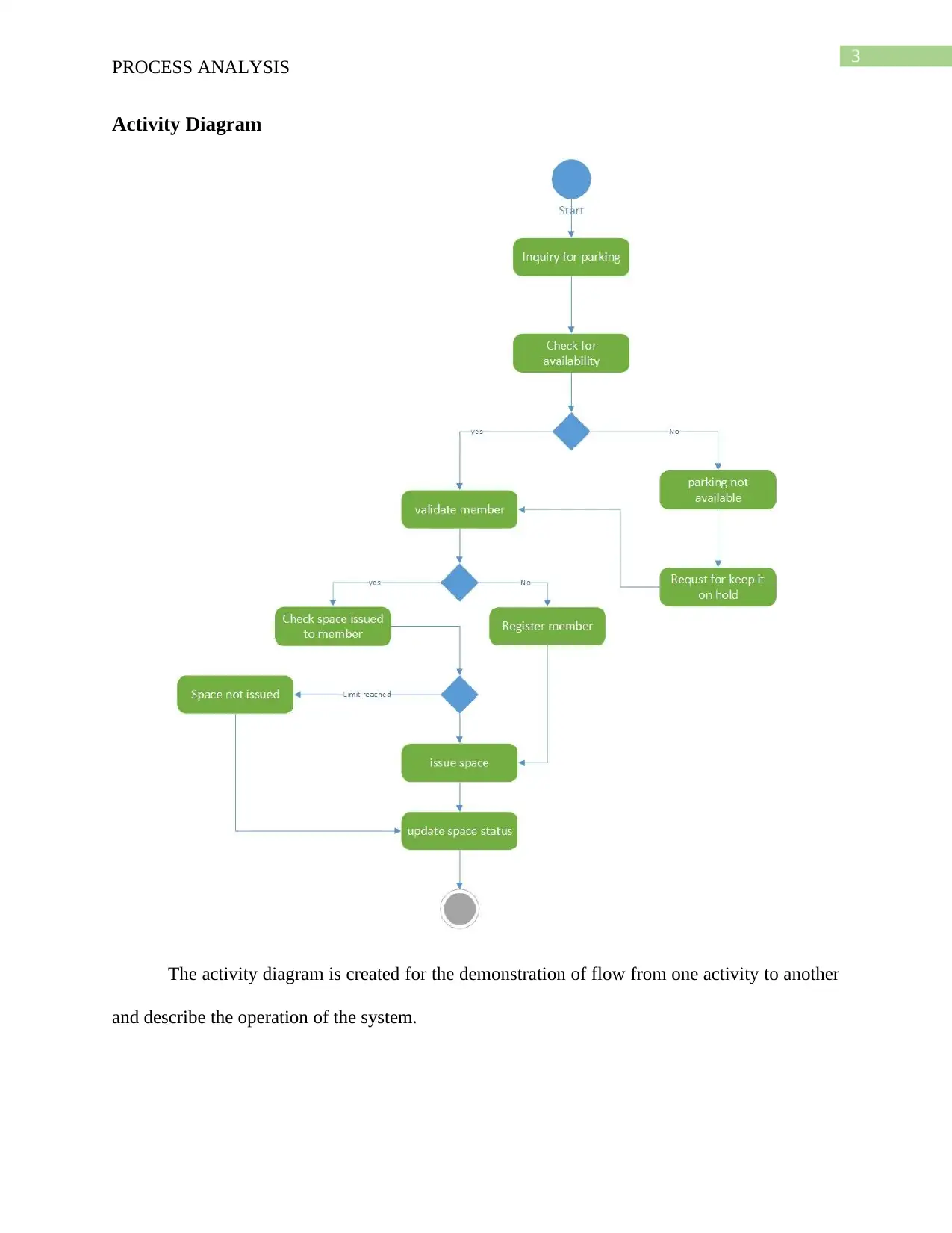
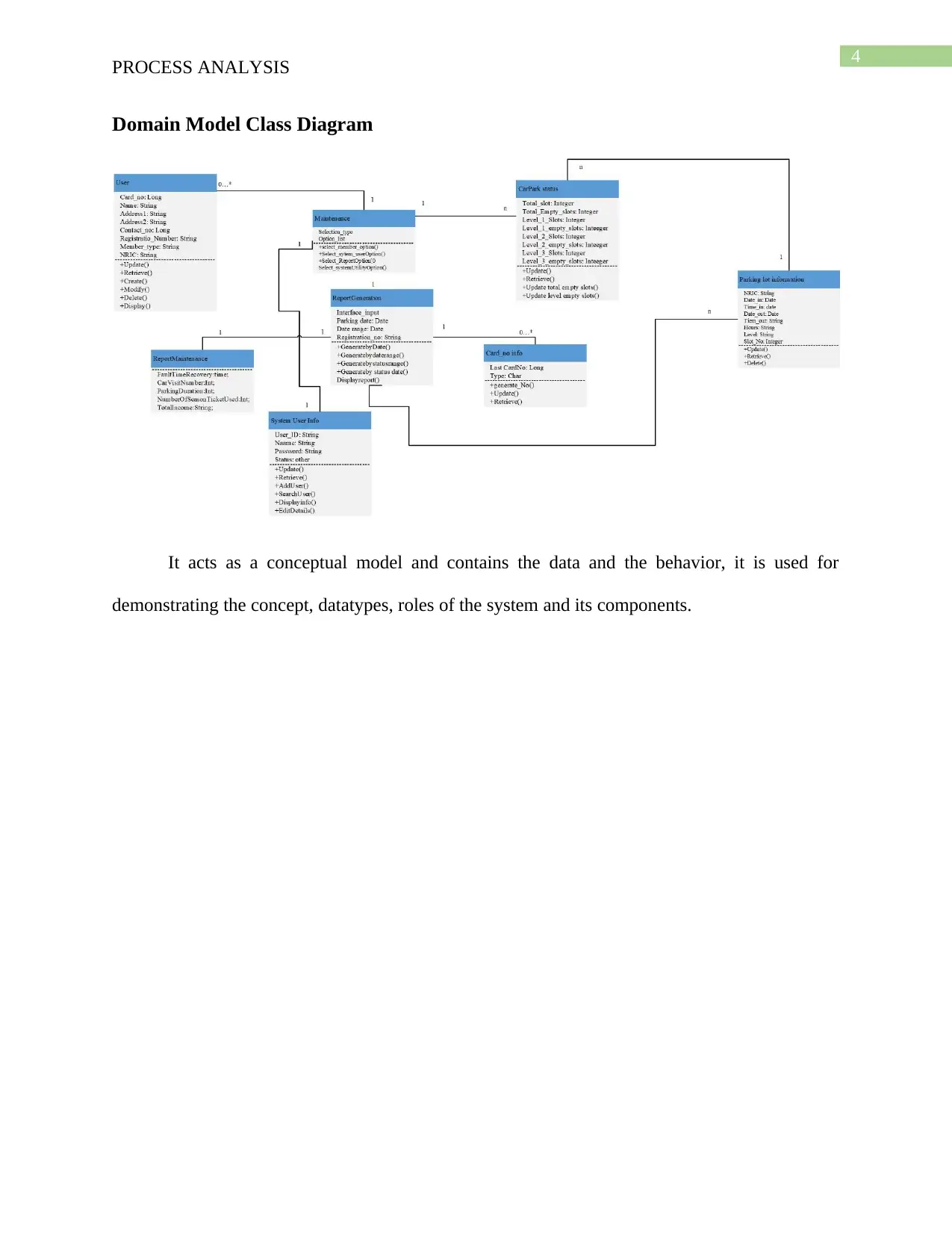
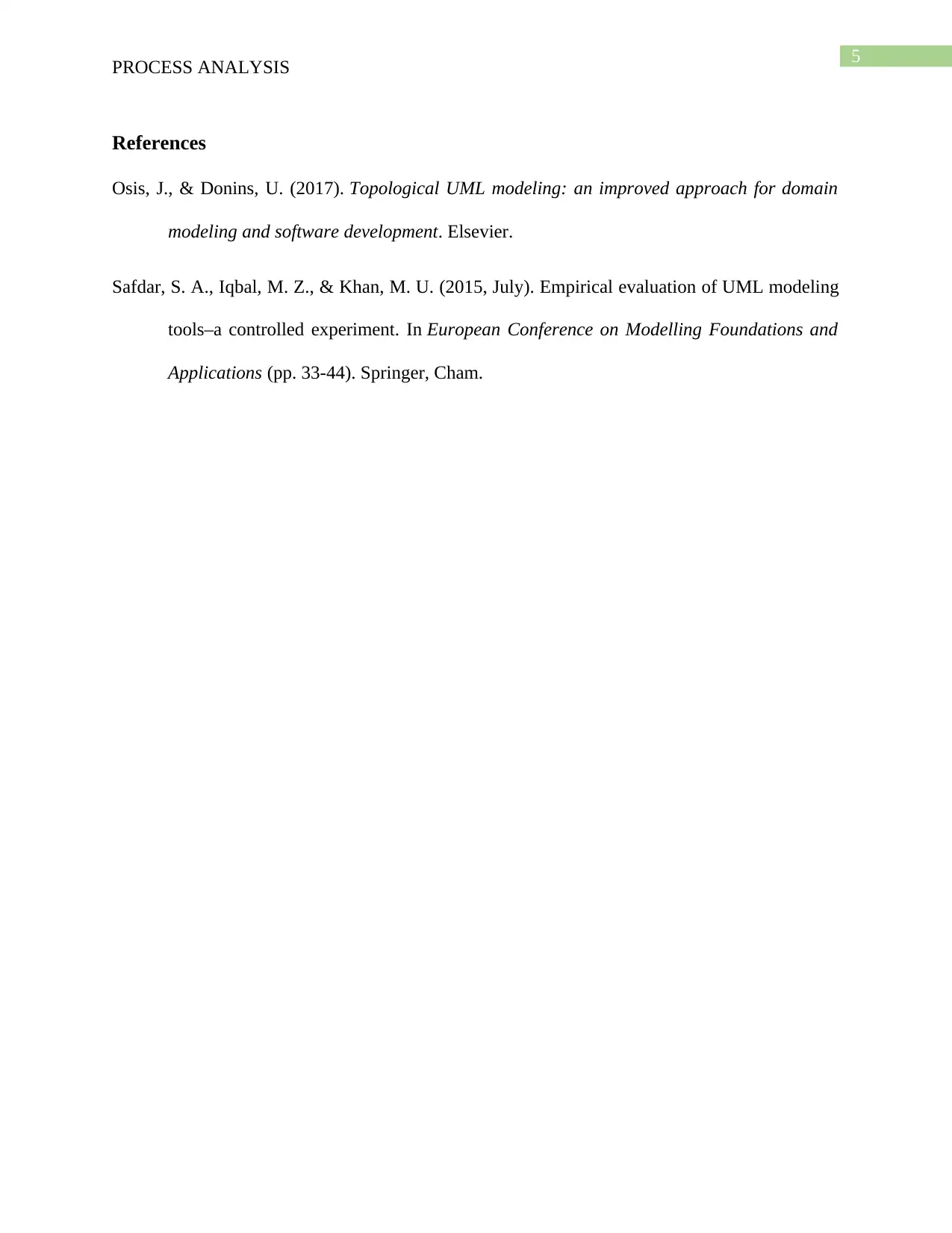






![[object Object]](/_next/static/media/star-bottom.7253800d.svg)